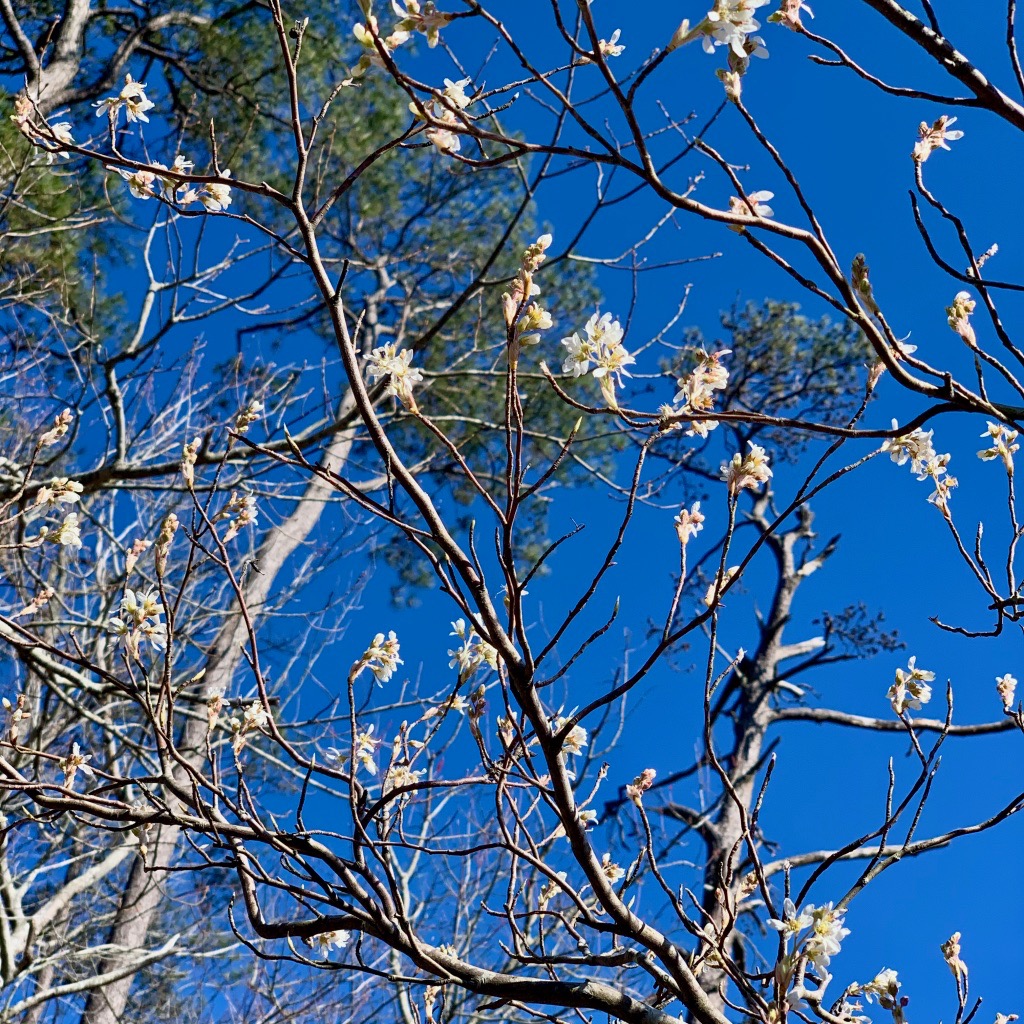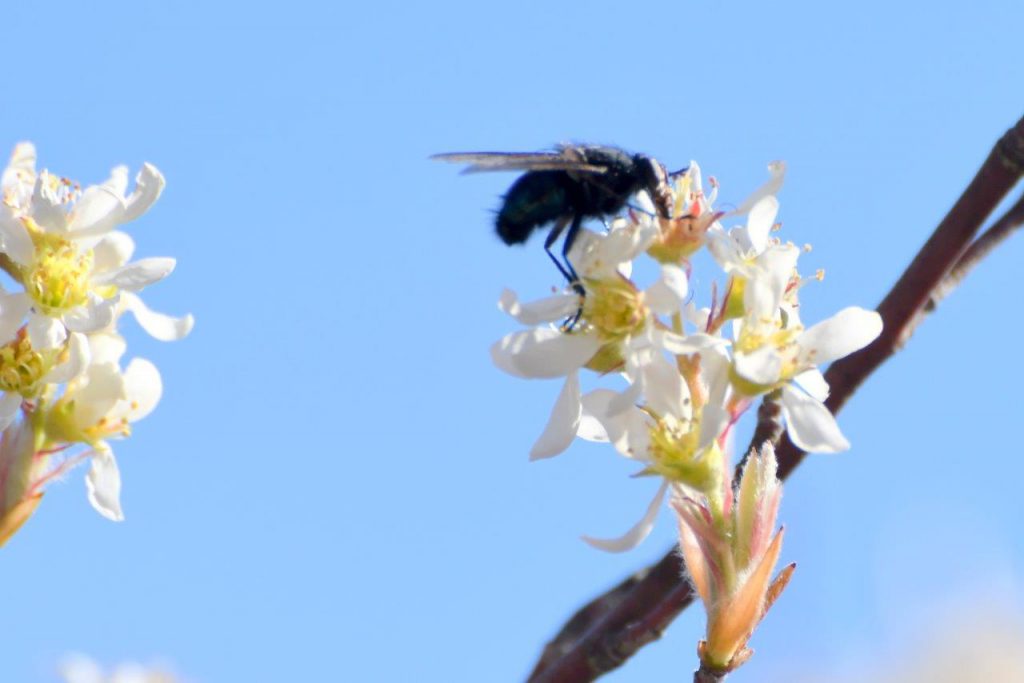
A little shadbush tree is blooming its heart out along the 64th Street trail in First Landing State Park.
It’s right next to the Reese Lukei bench, part of the Reese F. Lukei Jr. Raptor Trail, a network of several trails in southeastern Virginia dedicated to Lukei in appreciation of his volunteer work in raptor conservation and much more.
The bench overlooks the marsh where ospreys nest every year. And the shadbush is part of this spring scene that repeats itself every year like clockwork.
The shadbush was so named by early settlers because shad fish run up the rivers to freshwater to spawn about the time the shadbush blooms.
In my way of thinking, the shadbush should really have the hyper-local name of “osprey bush” because the tree also is a welcoming beacon to the big fish hawks when they return home after a winter in more southern climes. Besides, the shad usually bypass Virginia Beach and the little Lynnhaven River to head up the mighty James or farther up into the Chesapeake Bay.
The white blooms of the shadbush are small and insignificant in the grand scheme of a forest, but next to the bench in this special spot, the blooms stand out.
The shadbush is one of the earliest trees to bloom and its blossoms provide nectar for early pollinators. One was this fly that stopped by the bench and photographer Robert Brown snapped it having dinner on a shadbush bloom:

In summer the shadbush bears tiny red to purplish berries that birds and mammals dine on. The berries also are safe for humans to eat too.
The shadbush with its pretty gray bark, its blooms and berries and its small size is a beautiful native tree for a little yard or garden. If you shop for one, ask for Amelanchier canadensis, or serviceberry tree, as it is called by those not tied to the old-time tidewater name of shadbush.
Take a walk along the 64th Street trail and introduce yourself to the shadbush. Sit on the bench for a while and watch the ospreys soar overhead as they court and look for nest sites.
Sadly, there are not many nests left this spring after some fierce winter winds blew them down. The birds are having a harder job this year, finding other nest sites and rebuilding from scratch.
But the shadbush by the marsh was still there to show the way home.